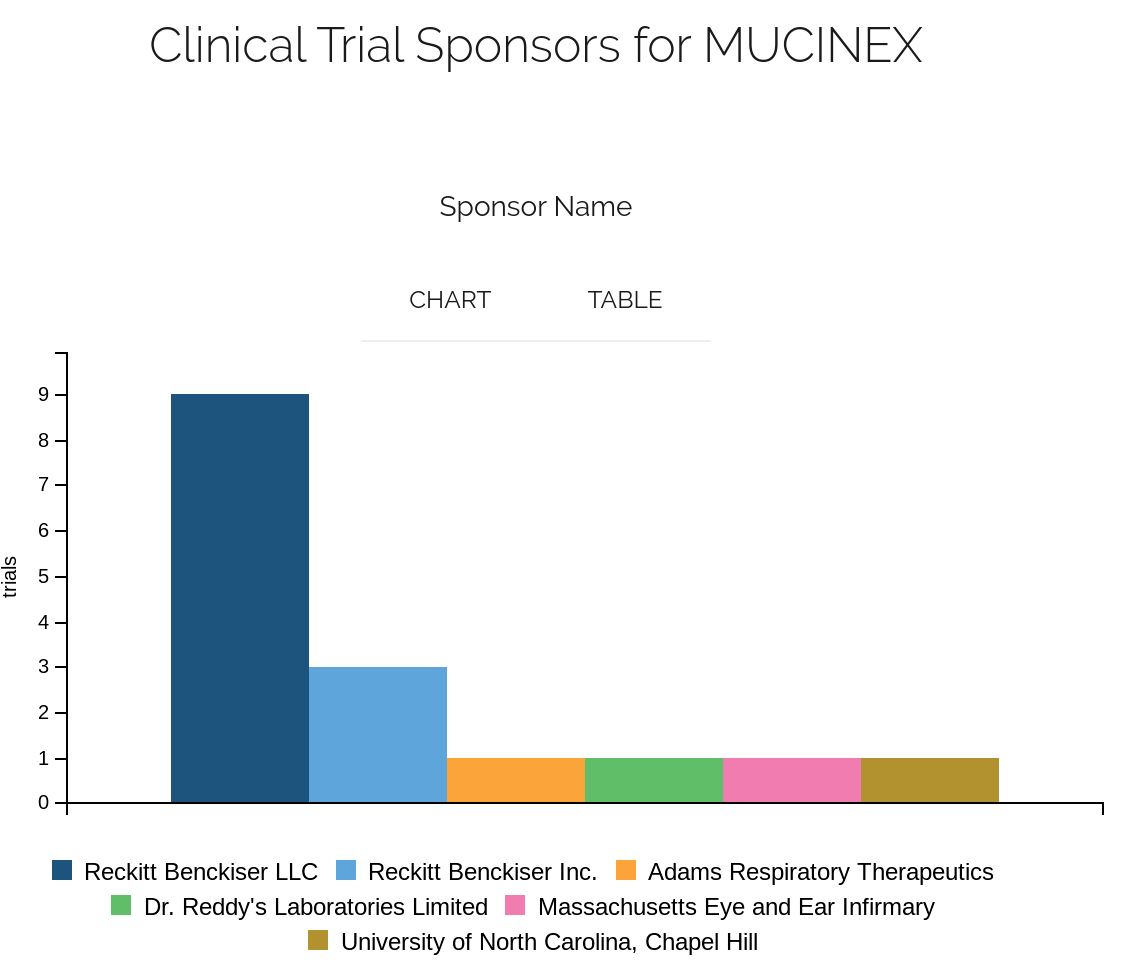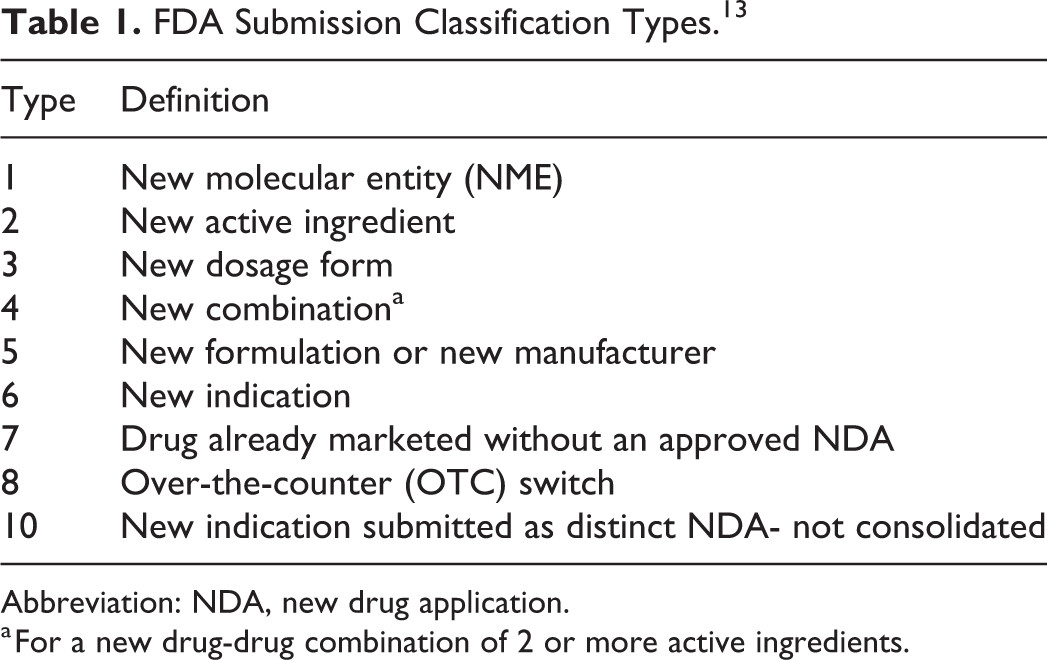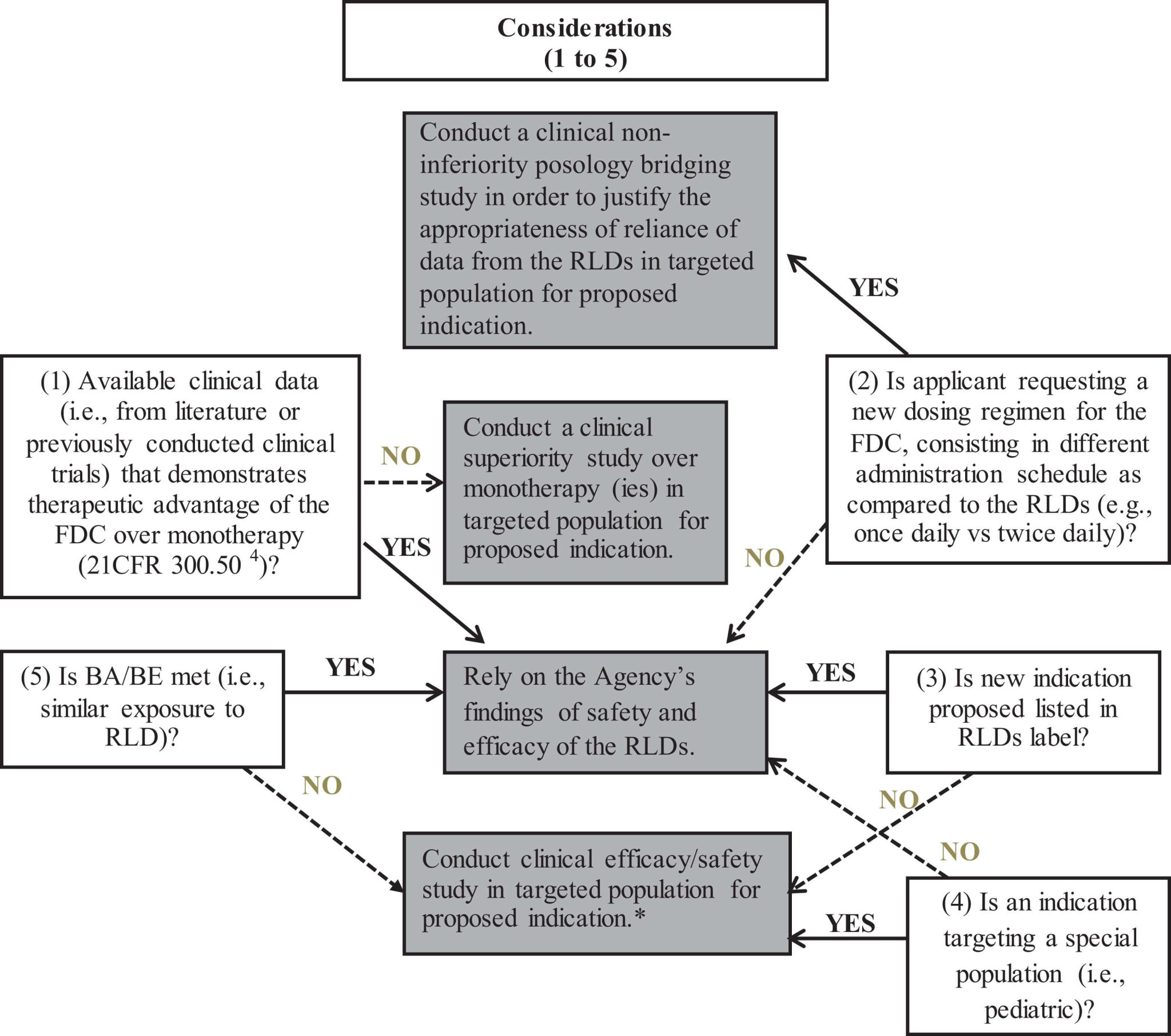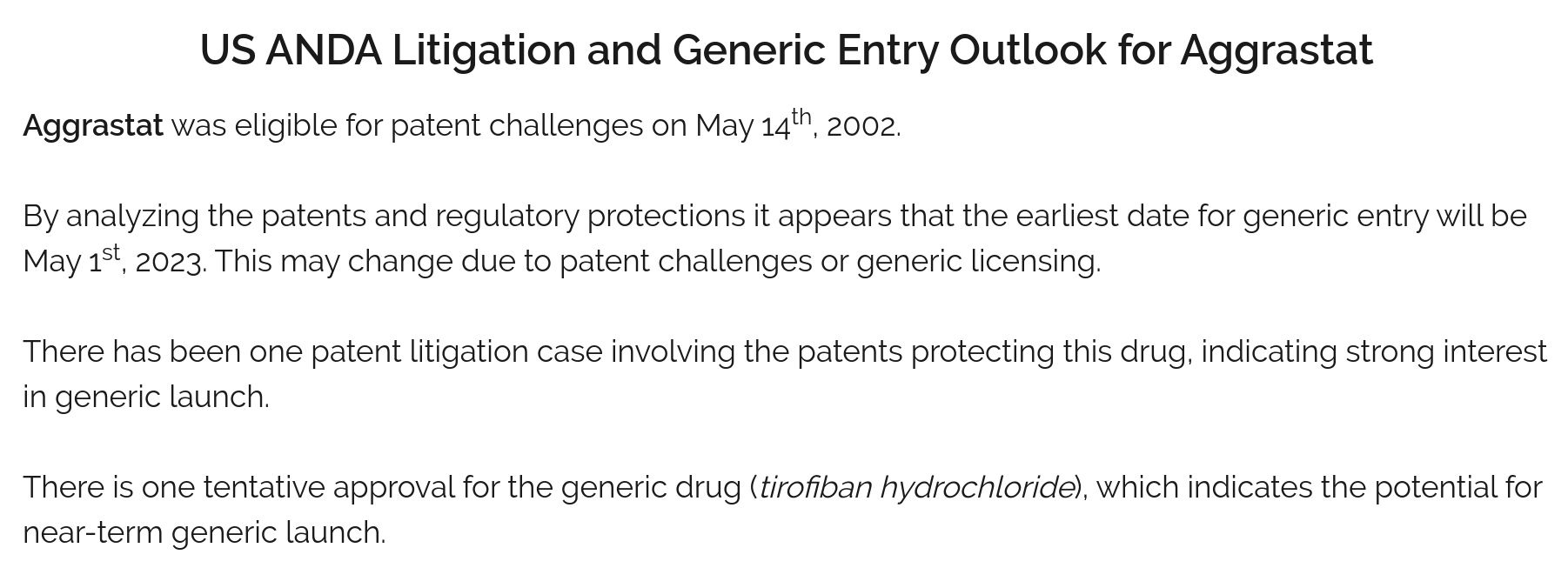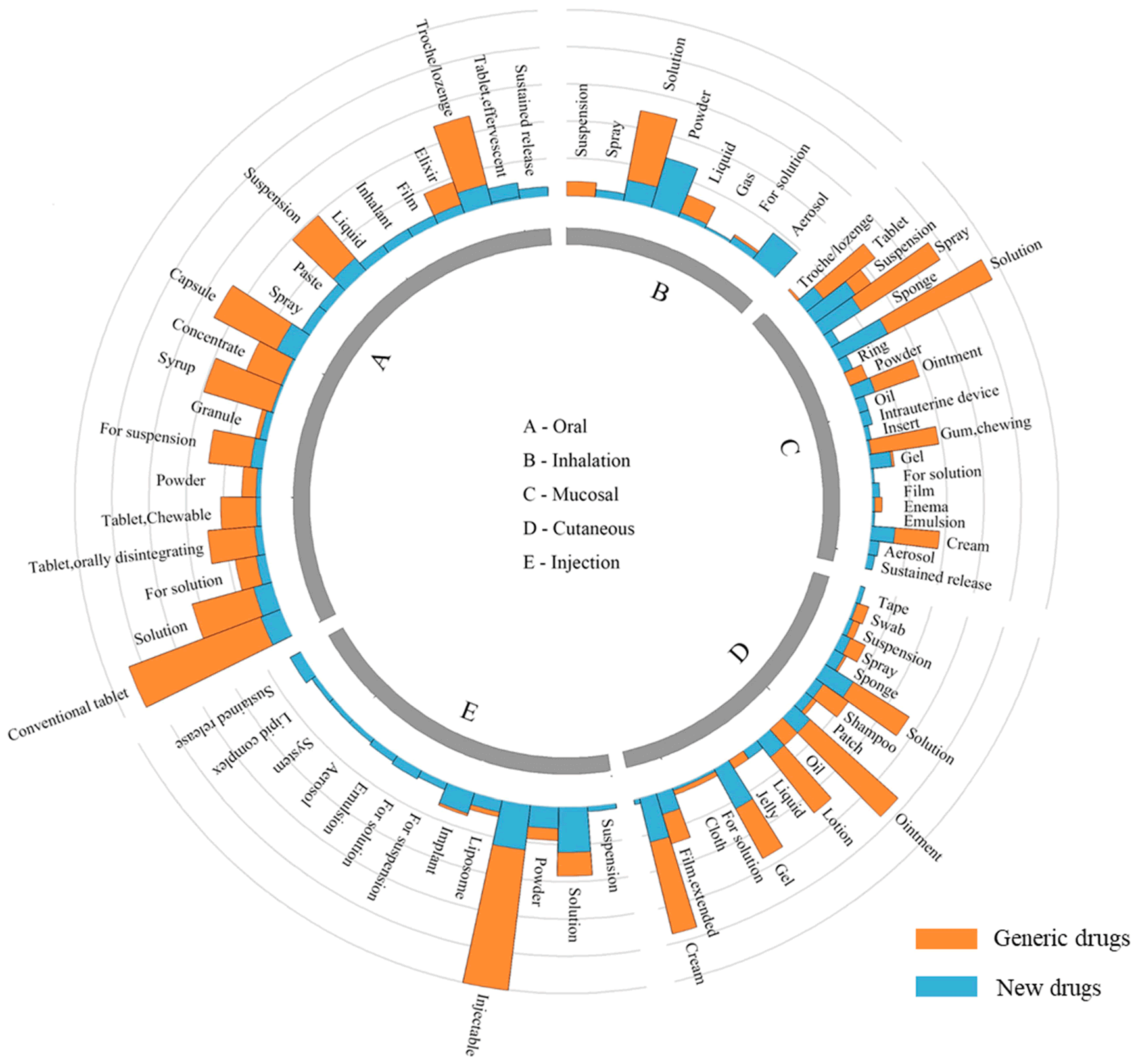The development and approval of generic drugs are crucial components of the pharmaceutical industry, providing cost-effective alternatives to brand-name medications. The U.S. Food and Drug Administration (FDA) has established specific pathways for the approval of generic drugs, ensuring that these products meet rigorous standards for safety, efficacy, and quality. This article delves into the regulatory pathway for generic drugs, highlighting the different approval routes and the key considerations involved.
The FDA’s Role in Generic Drug Approval
The FDA plays a pivotal role in ensuring that generic drugs meet the same standards as their brand-name counterparts. The agency’s review process involves a thorough evaluation of the generic drug’s active ingredient, strength, dosage form, and route of administration to guarantee that it performs similarly to the brand-name drug in the human body. The FDA also inspects manufacturing facilities to ensure compliance with good manufacturing practices (GMPs) and conducts regular monitoring to maintain the quality of approved generic drugs.
The 505(j) Pathway: Abbreviated New Drug Application (ANDA)
The 505(j) pathway, also known as the Abbreviated New Drug Application (ANDA), is the most common route for generic drug approval. This pathway is designed for generic drugs that are identical or bioequivalent to the brand-name drug. To gain approval, a generic drug company must submit an ANDA, which includes data demonstrating bioequivalence through in vitro and in vivo studies. The FDA’s review process for ANDAs is less extensive than for new drug applications (NDAs), as it relies on the existing safety and efficacy data of the brand-name drug.
The 505(b)(2) Pathway: Hybrid New Drug Application
The 505(b)(2) pathway is a hybrid approach that combines elements of both the ANDA and NDA processes. This pathway is suitable for generic drugs that are not identical to the brand-name drug but still rely on the safety and efficacy data of the reference-listed drug (RLD). The 505(b)(2) application allows for modifications to the proposed product, such as changes in the salt form, dosage form, or route of administration, which are not permitted under the ANDA pathway.
Complex Generic Drug Products
Complex generic drug products pose unique challenges due to their diverse nature. The FDA has established guidelines for the approval of complex generics, which involve a determination of the measurements and studies required to demonstrate therapeutic equivalence. The NBCD Working Group has proposed a pragmatic approach to approving complex generics, utilizing the existing FDA approval pathways of 505(j) and 505(b)(2).
Conclusion
The regulatory pathway for generic drugs is designed to ensure that these products meet the same high standards as brand-name drugs. The FDA’s rigorous review process and the different approval pathways available, including the 505(j) and 505(b)(2) routes, provide a framework for generic drug companies to develop and market cost-effective alternatives to brand-name medications. By understanding the regulatory landscape, generic drug developers can navigate the approval process more effectively, ultimately contributing to the sustainability of the healthcare system.
References
- Klein, K., & Borchard, G. (2021). A pragmatic regulatory approach for complex generics through the U.S. FDA 505(j) or 505(b)(2) approval pathways. Journal of Pharmaceutical Sciences, 110(7), 2531–2538. doi: 10.1016/j.xphs.2021.05.012
- Longsworth, G. L., Wang, A., & Varughese, D. (2018). The 505(b)(2) drug approval pathway: A potential solution for the distressed generic pharma. Sterne Kessler.
- ScienceDirect. (n.d.). Generic drug – an overview. ScienceDirect Topics.
- Pfizer. (n.d.). 7 FAQs about generic drugs. Pfizer.
- U.S. Food and Drug Administration. (2023). Overview & basics. FDA.







